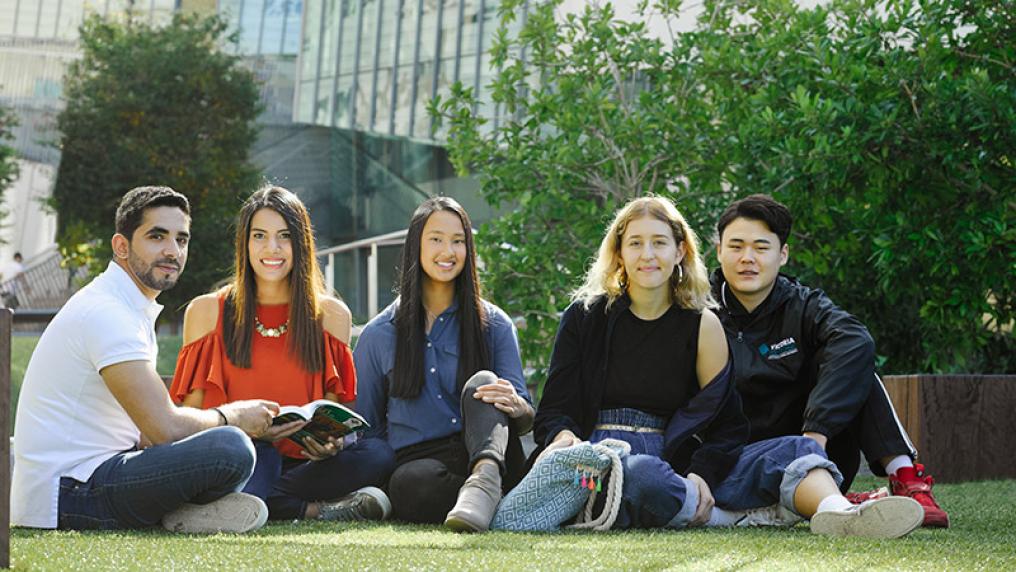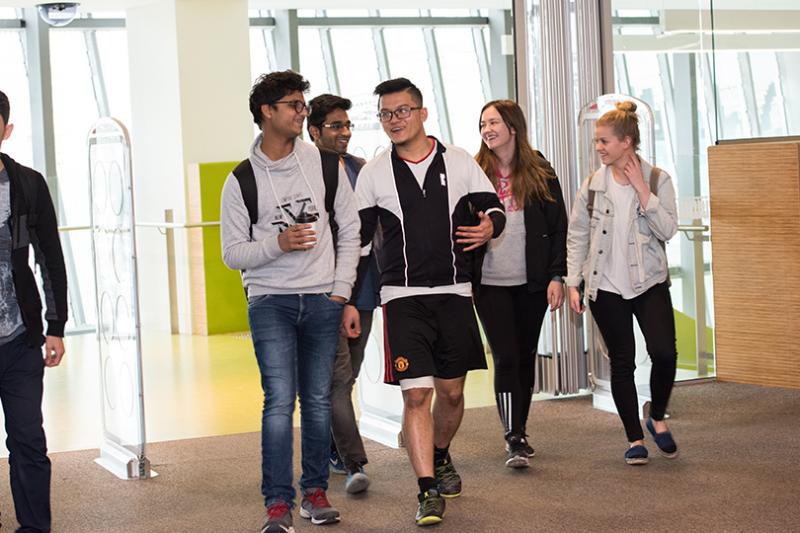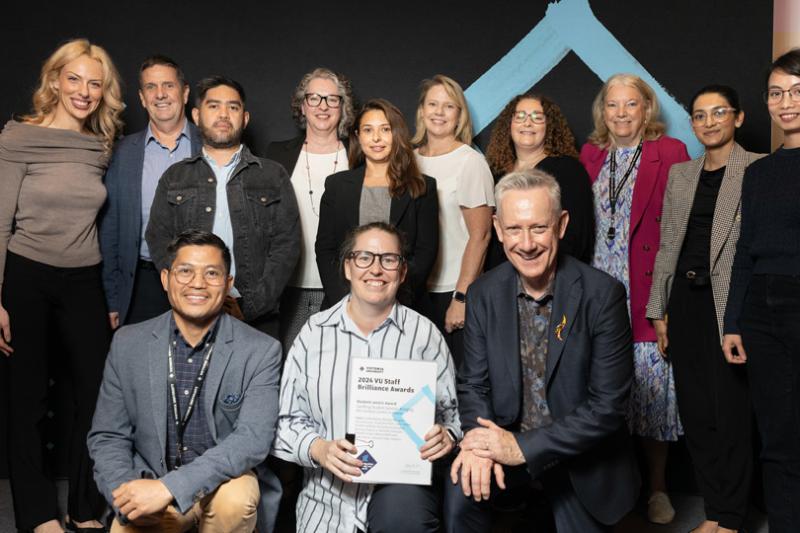First Year Model boosts first-round offers

Victoria University’s new First Year learning model has been a key factor in the 6.5 per cent rise in offers it made during Victorian Tertiary Admissions Centre (VTAC) first-round offers.
The 6.5 per cent increase was the largest rise among the State’s nine universities. This significant jump occurred despite Victoria University having the same or, in some cases, higher entry requirements for courses in 2018 and having fewer courses on offer than in 2017.
Strong endorsement of the First Year Model
“This is a strong endorsement for our new First Year learning model which will be unique in Australia,” said Victoria University’s Vice Chancellor, Professor Peter Dawkins.
“The system of learning, which has been used throughout Sweden for 50 years and for more than 40 years in parts of North America, maximises the ability of students to master each unit of study.”
Rather than juggling four units of study throughout a 16-week semester, students complete one unit every four weeks, studying in small groups with one lecturer.
“The First Year Model excited a lot of VCE students when we visited secondary colleges,” said Professor Dawkins. “It will be great for them as they transition from school to university and are able to see exactly how they are tracking every four weeks.”
Teaching model benefits mature students
While the benefits of the teaching model for first-year students coming straight from school are significant, Professor Dawkins believes the model will provide at least as great an advantage to mature students entering university for the first time.
“Juggling work or home responsibilities with university can be a challenge. But the Swedish and North American teaching model, which we have observed first-hand, is clearly more helpful,” says Professor Dawkins.
“Necessary absences can be easily made up when you are being taught one unit of study at a time.”
Victoria University is now taking direct applications, but the university sees a greater challenge in getting its message out to prospective mature students.
“It is very easy to go to a secondary college and speak directly to VCE students who we know may well be considering coming to university,” says Professor Dawkins.
“But it is hard to know who the employees are in Victoria looking to improve their prospects or change their careers or who seek to rejoin the workforce having got their children off to school. Or those who have recovered from illness and are ready to study, or who are the adventurers that have returned from a lengthy holiday. If we could identify and speak to all of these people, we are confident they would see our First Year Model as very helpful for them.
“We hope as many of them as possible see or hear about our unique Australian teaching model so that our VTAC success today can be replicated for Direct Entry students.”



